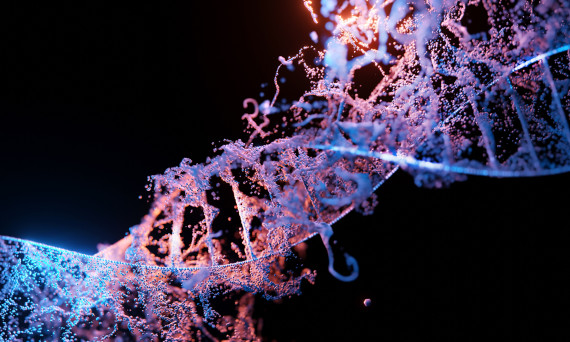Artem Nedoluzhko, Director for Development of the Laboratory of Paleogenomics of the European University, and a group of researchers from Russian and Norwegian scientific institutions have published an article in the international journal Frontiers in Genetics (Q2, impact factor: 4.772). The work is devoted to the study of the role of intergeneric hybridization and its adaptive potential for evolution.
Interspecific hybridization is when two species exchange genetic material. Interspecific hybridization is thought to be one of the driving factors behind evolution. In wildlife, this is a fairly common phenomenon among closely related species. For thousands of years since the Neolithic Revolution, which marked the advent of agriculture, our ancestors also intentionally or otherwise practiced hybridization, combining different species and producing more productive hybrids and breeds.
Interspecific hybridization usually eliminates reproductive isolation between parent species. Moreover, it can lead to hybridogenic speciation. It is believed that hybridization is observed mainly at the interspecific level, whereas intergeneric hybridization is much less common.
In a paper published this week, Artem Nedoluzhko and his colleagues used an evolutionary model of modern population genetics — the three-needled stickleback (Gasterosteus aculeatus).
Using the methods of genome sequencing and bioinformatic analysis, they described clear signals of genetic introgression (the transfer of genetic material from one species to the gene pool of another by repeatedly reverse crossing an interspecific hybrid with one of its parent species. — Editor's note) from a three-needled stickleback to its distant predominantly freshwater relative — the nine-needled stickleback (Pungitius pungitius).
Comparative evaluation showed that similar phenomena of introgression appear to occur in the moderate saline Basin of the White Sea. Analysis of areas of the genome under the influence of introgression showed that they are located next to mobile elements and in the genes associated with the construction of cell membranes and associated with alternative splicing.
The authors suggest that intergeneric hybridization of two species so distant may be adaptive, but this hypothesis requires additional testing.
Artem Nedoluzhko explained:
This work, in addition to establishing the very fact of hybridization of two species of fish and their patterns, opens up new prospects in understanding that evolution is not only based on the gradual selection of new variants, but also on the "explosive" acquisition of traits and speciation during hybridization, including between evolutionarily distant species.
More information about the results of the work can be found on the website of the journal Frontiers in Genetics.
Фото: Unsplash
